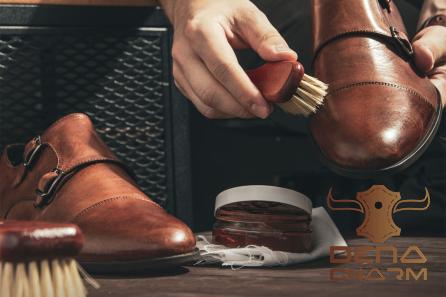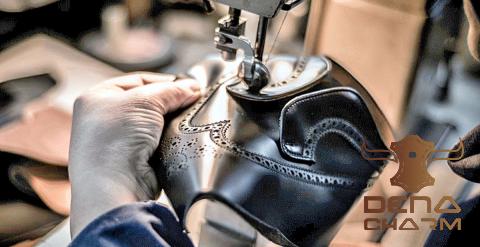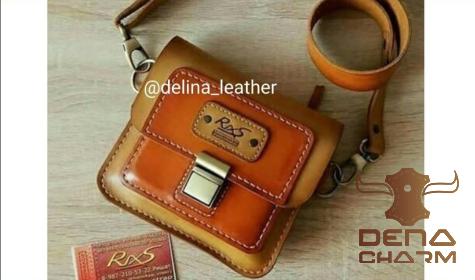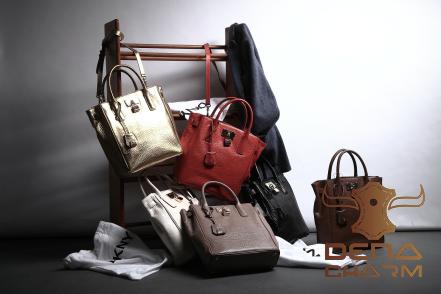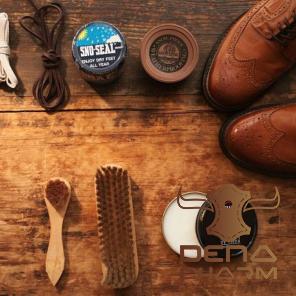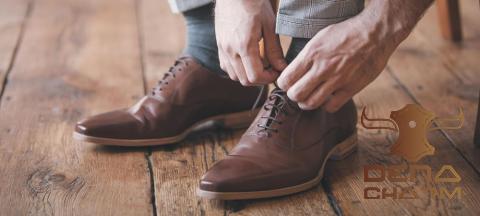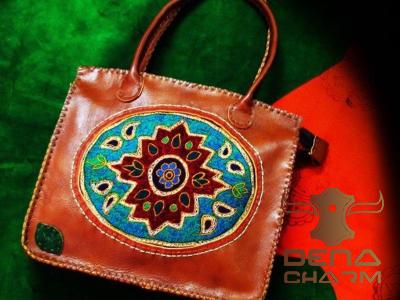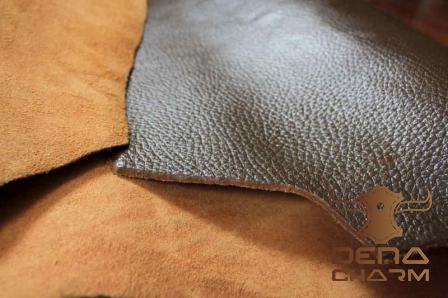In recent years, the demand for artificial leather has significantly increased due to its versatility and eco-friendly nature. As a result, artificial leather suppliers have become crucial players in the market, catering to a wide range of industries such as fashion, interior design, automotive, and more. In this article, we will delve into the advantages and disadvantages of artificial leather suppliers, explore the production process, and highlight the various applications of this innovative material.
Advantages and Disadvantages of Artificial Leather Suppliers:
1. Cost-effective: One of the primary advantages of artificial leather suppliers is the cost-effectiveness compared to genuine leather. Artificial leather can be manufactured at a fraction of the cost, making it an appealing option for businesses that aim to achieve high-quality results while cutting costs.
2. Versatility: Artificial leather suppliers offer a wide range of options in terms of colors, textures, and finishes. This allows businesses to choose from an extensive selection to meet their specific design requirements, enabling them to create unique and appealing products.
3. Durability: Artificial leather is known for its durability and resistance to wear and tear. This makes it an excellent choice for industries that require a long-lasting material, such as aerospace, automotive, and furniture manufacturing. The material also boasts excellent resistance to stains and fading, ensuring longevity and customer satisfaction.
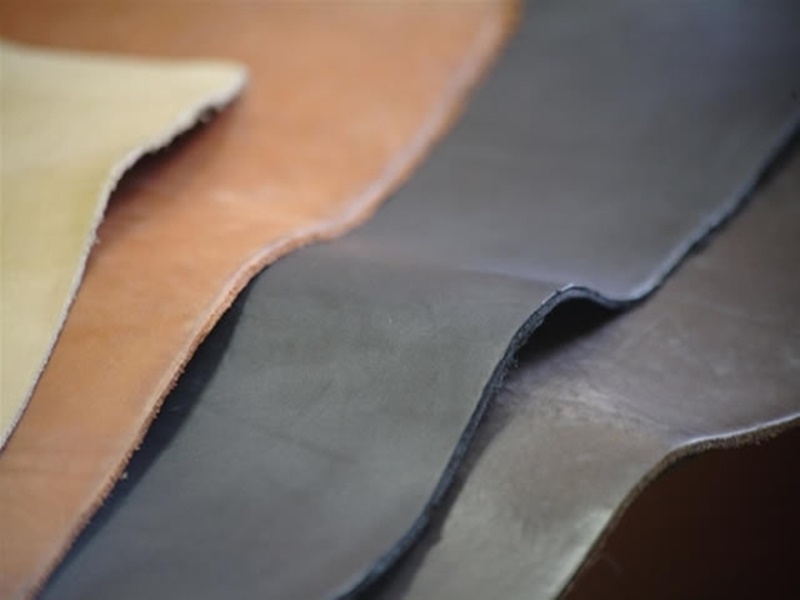
4. Environmental benefits: As the world becomes increasingly aware of the environmental impact of conventional leather production, the demand for alternative materials is rising. Artificial leather, oftentimes made from recycled materials, helps reduce waste and the dependence on animal products, making it a sustainable choice for businesses and consumers alike.
However, it is essential to consider some potential drawbacks associated with artificial leather suppliers:
1. Breathability: Artificial leather does not possess the same level of breathability as genuine leather. The lack of breathability may result in discomfort for individuals wearing products made from artificial leather, especially in hot and humid climates.
2. Less tactile experience: Unlike genuine leather, artificial leather might not provide the same tactile experience or natural feel. While the visual appearance might be similar, some individuals may perceive the texture to be less authentic.
How to Make Artificial Leather:

Artificial leather, also known as faux leather or synthetic leather, is typically made using a combination of natural and synthetic materials. Here is a general overview of the production process:
1. Base fabric preparation: A woven or non-woven fabric is selected as the base material, providing structural support for the artificial leather. Common base fabrics include polyester, nylon, and cotton.
2. Coating application: The base fabric is coated or impregnated with a polymer resin, typically polyurethane (PU) or polyvinyl chloride (PVC), to create the desired texture and appearance. This resin serves as the foundation of the artificial leather, giving it durability and water resistance.
3. Embossing and finishing: Depending on the desired appearance, the artificial leather may undergo additional processes such as embossing to create patterns or textures. Finishing touches such as color coating, polishing, and heat treatments are also applied to enhance the overall aesthetics and functionality of the material.
How to Use Artificial Leather:
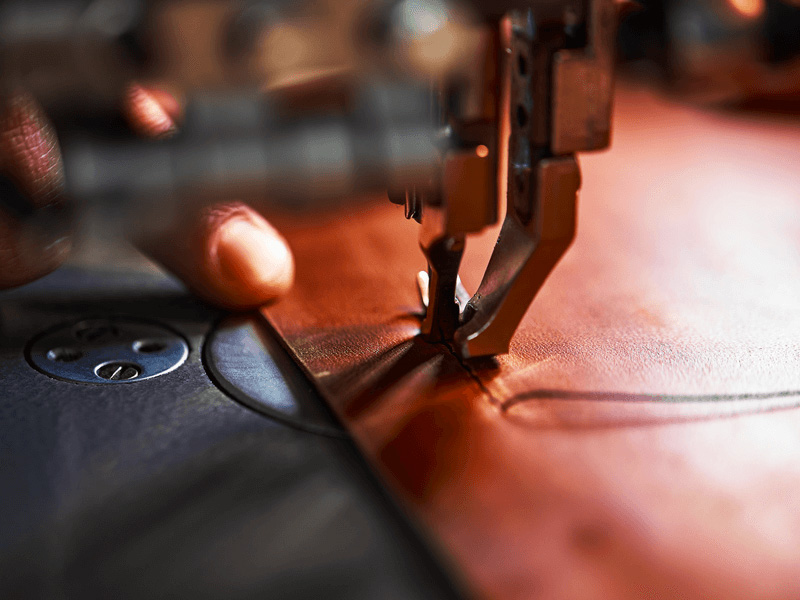
Artificial leather offers a plethora of applications across various industries. Here are a few examples:
1. Fashion industry: Artificial leather is widely used in the fashion industry to create a range of products, including shoes, bags, wallets, belts, and apparel. Its versatility and affordability make it an attractive choice for designers and consumers.
2. Interior design: Artificial leather finds widespread use in upholstery, furniture, and interior design applications. Its durability, cleanability, and aesthetic appeal make it suitable for homes, offices, and public spaces.
3. Automotive industry: Artificial leather is extensively used in automotive interiors, offering a cost-effective alternative to genuine leather. It is used to craft seats, dashboards, steering wheels, and other components, providing a luxurious look and feel.
4. Marine industry: The marine industry also utilizes artificial leather in the manufacturing of boat seating, cushions, and other interior upholstery. Its resistance to water and UV radiation makes it an ideal choice for marine environments.
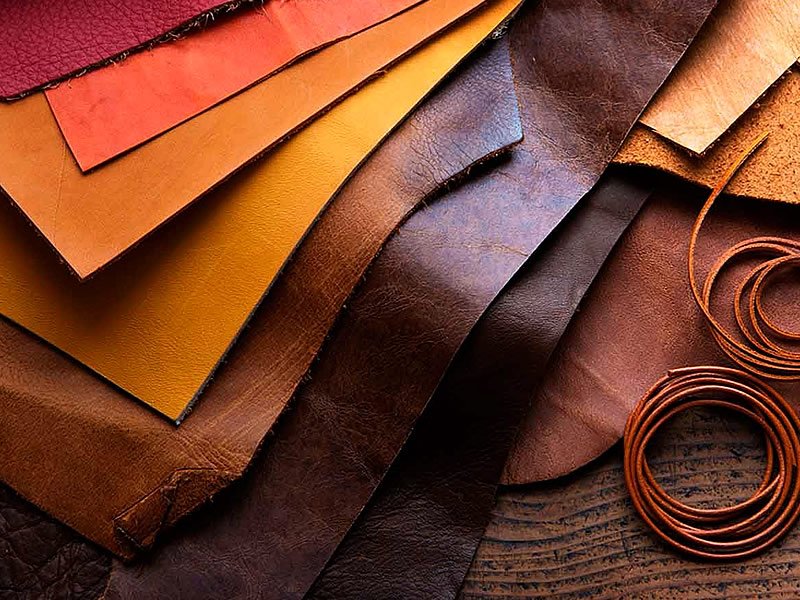
Conclusion:
Artificial leather suppliers play a vital role in satisfying the increasing demand for sustainable and cost-effective materials. With advantages such as cost-effectiveness, versatility, and durability, artificial leather is a suitable alternative to genuine leather in various sectors. By understanding the production process and exploring the array of applications, businesses can make informed choices when utilizing artificial leather, ensuring both quality and environmental consciousness.

